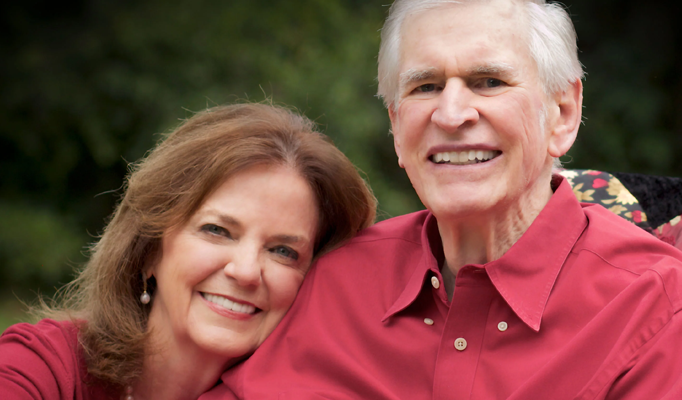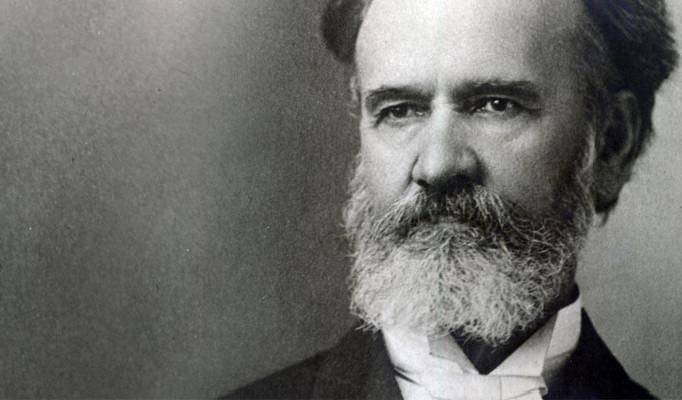-an article in the Light Magazine ‘HealingPioneers’ series
By Rev. Dr. Ed & Janice Hird
One of
Agnes Sanford’s most significant spiritual daughters was Leanne Payne, a CS
Lewis scholar at Wheaton College.
Mentored by Wheaton Professor Clyde Kilby, Payne introduced the world to
the healing insights of CS Lewis in her groundbreaking book Real
Presence. Kilby is best known for founding
the Marion E. Wade Center at Wheaton College, which studies the Inklings,
including C.S. Lewis and J.R.R. Tolkien. Leanne commented: “I’m more amazed
than ever at how Dr. Kilby invested in me — a senior undergraduate who was an
older student and by then a grandmother of two.”
Madeleine
L’Engle called Leanne’s book ‘probably the best introduction I know to the
works of C.S. Lewis.’ Agnes Sanford
called it ‘a wonderful book. It brings out meaning behind meaning and clear
light out of shadows.’
Born during
the Great Depression in 1932, Leanne Payne experienced the tragic death of her
father when she was just three years old. This left her with a deep father
wound, looking for love in the wrong places. As a single mother, she became the
dorm mother in 1963 at Wheaton Academy:
I was a young single mother, in the
South, no education, terrified after a divorce, all alone, wondering if I could
make a living – all of these kinds of things. There were so many desires in my
heart and not much hope of any of them being realized – and then the Lord gave
me every desire of my heart, everything I’ve asked Him.
In 1964,
she joined the prayer circle of Rev. Richard Winkler, one of the ‘grandfathers’
of Anglican renewal. This led in 1965 to her obtaining her Bachelor’s degree,
followed by two Master’s degree at Wheaton College and the University of
Arkansas. She taught at Wheaton College, in the graduate program in Christian
Spirituality at Creighton University, as well as for the YWAM University of the
Nations: “When I am teaching in the university, undergraduate school or
seminary, I think that it would be the area of “spiritual formation”.” To be
healed for Leanne was to be more fully formed in Christ’s image.
After
Richard Winkler introduced her to Agnes Sanford in 1973, Leanne quickly
began serving with Agnes Sanford in her Schools of Pastoral Care. in 1981, she
served as a research fellow under Henri Nouwen at Yale Divinity School.
Like her mentors CS Lewis, Clyde Kilby and Agnes Sanford,
she was the ‘eternal child’ always rejoicing in God’s creation whether in
observing a squirrel, a beautiful flower, or a person made in God’s image. As
Jesus taught in Matthew 18:3 and Mark 10:14, only the child-like enter God’s
Kingdom. Healing comes through embracing our childlikeness.
In 1982,
she incorporated Pastoral Care Ministries through which she provided
pastoral care, prayer and counselling mainly at the week-long PCM schools held
throughout North America, Europe, Hawaii, and Australia.
Called a
“great soldier for Christ” by the philosopher Dallas Willard, she wrote seven
books that continue in print in English and in 12 other language translations.
Leanne was
fascinated by how we become persons, discovering our true selves in
Christ. She said that experiencing
Jesus’ real presence brings about incarnational reality in our lives: “In Him
we become fully human…In Him, the will, intellect, imagination, feeling and
sensory being are hallowed and enlivened.” As the Word becomes flesh in our
lives, healing takes place in body, mind, and spirit: “All stories of healing in the Scriptures,
when imaged by the mind, are incarnational…The Healing Presence descends into
us and does it.” Healing for Leanne came through practicing God’s presence.
Leanne saw
our modern dilemma as the schism between head and heart, spirit and matter, the
intellect and the imagination. She commented that we live in a time when the
family is so broken that we find people everywhere without this initial sense
of being: “It’s this intense fear of non-being – this chasm – this sense
of ‘Do I even exist!’ People are walking around with that big hole.” Through Christ, our fragmented modern souls
become integrated and freed. This
enables us ‘to enter the Great Dance of healthy relationships with the self,
others, God and His creation. Jesus heals our deepest wounds, making us whole
persons.
Part of her
inner healing was to learn how to celebrate her inadequacy and smallness while
leaning fully on Jesus’ greatness and love. One of her favorite healing prayers
was ‘Come Holy Spirit’. She saw the work
of the Holy Spirit as calling us up out of the hell of our false selves and
into the glorious Presence of our Lord. As Leanne invoked God’s presence, she
helped people to deeply listen to God and to truly repent of sin, selfishness,
and idolatry. Quoting C.S. Lewis, she
spoke of healing bent ones, enabling people to ‘straighten up’ into
Christ. Healing comes through welcoming
the Holy Spirit into all our broken places.
Leanne saw
three blocks to becoming fully human and whole: 1) failure to forgive others 2)
failure to receive God’s forgiveness and 3) failure to forgive and accept
ourselves in Christ. Forgiveness is deeply healing. Unforgiveness is closely
tied into our hiding behind false selves rather than walking in the light:
Only the real ‘I’, shedding its illusory
selves, can draw near to God. In His
Presence, my masks fall off, my false selves are revealed…To continually abide
in His Presence is to have one face only –the true one.
She
believed that ‘the attempt to combine good and evil is, I believe, one of the
greatest threats facing not only Christendom but all mankind today.’ As such, she challenged Carl Jung’s false teaching
that evil is merely the dark side of good that needs to be accepted rather than
renounced. The renunciation of evil and
idolatry was key in her approach to bringing deep emotional and physical
healing. Leanne’s healing ministry was rooted in the spiritual gifts of
prophecy and discernment”:
It helped a great deal when I came to realize
my main ministry is that of prophet…I could then understand my life – why the Lord
led me away from paying jobs and to full dependence upon Him. A bishop once told me that if a prophet fit
comfortably into the Church, he wasn’t needed.
Leanne was
passionate about helping people walk out their baptism. Ed and Janice went in 1987 to her Pastoral
Care School on the UBC Campus, and were very impacted by how her team shared
about deep healings in their own lives. The
Holy Spirit flowed in healing waves across the participants, particularly
during worship.
Like CS
Lewis and Agnes Sanford, Leanne saw the eucharist as ‘big medicine’. Her focus
on the healing power of Holy Communion helped ground healing prayer in
incarnational reality. Receiving the
Lord’s Supper can either make us more sick or healthier, depending upon how we
discern the body. (1st Corinthians 11:29) Taking Communion while
living in unforgiveness and bitterness does not end well.
Leanne, who
died of Parkinson’s complications at age 82, often prayed: “Lord, love Your
world through me!” Our prayer is that
the deep healing insights of Leanne Payne will become more fully integrated in
the lives of local churches as we more fully love God’s broken world.
Rev. Dr. Ed
and Janice Hird
co-authors of God's Firestarters

















